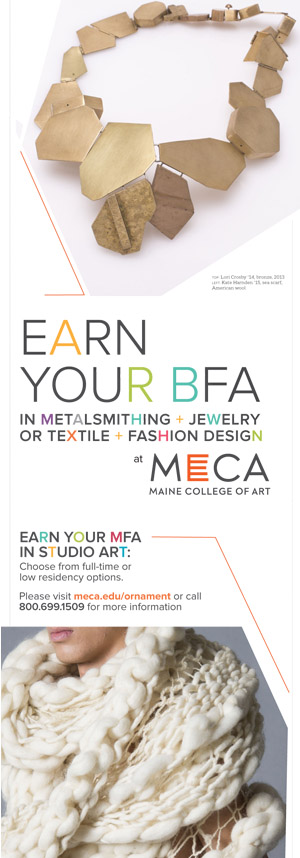
ethnographic arts
Beauty Born of Use: Rainwear from China and Japan is currently on view in the Social Fabric gallery at the Textile Museum of Canada in Toronto until May 1, 2011. Social Fabric is the Museum’s new interactive website (www.textilemuseum .ca/socialfabric) and is a forum for users to share stories, knowledge and questions about fifty textiles from the Museum’s collection. Some of these objects are being featured in this gallery, and currently a palm bark rain cape fr om China is on view as part of the exhibition on rainwear. Visitors can experience the object in both real and virtual space.
From our environmentally conscious twenty-first-century perspective, this exh ibition explores the deep-rooted and in some cases disappearing tradition of using local natural materials to craft clothing. Today, there is a growing movement to use sustainable plants such as bamboo and hemp to create eco-friendly clothing. In China, Japan and elsewhere, renewable plant resources from local environments have been used since ancient times to make clothing such as the rain cape made of palm bark (suo yi). Beautifully designed, yet practical in function, it effectively funnels the rain away from the wearer, at the same time providing ventilation. Worn with a large hat made of split bamboo, it is an indispensable garment for working in the fields and for protection while fishing.
QUICK LINKS
Textile Museum of Canada in Toronto
This article in its entirety appears only in the print magazine.
Keep rich and engaging content in your life, click here to subscribe today.
Our upcoming issue 37.4 contains
Nubian Jewelry
Kate Mensah
Philadelphia Craft Show
Some of Our Popular Articles


